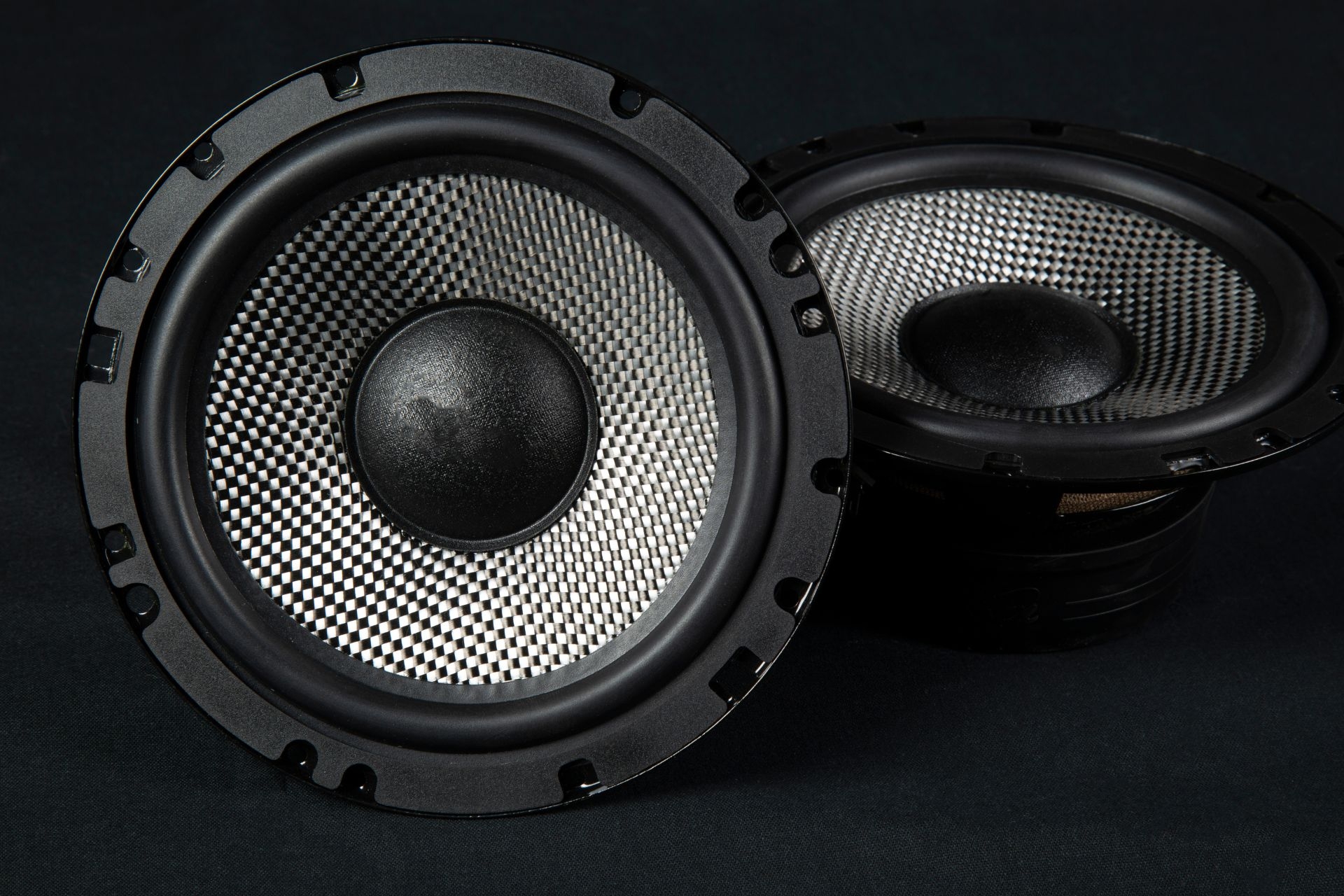Echo Cancellation Algorithms
How does an echo cancellation algorithm work to eliminate echo in audio communication systems?
An echo cancellation algorithm works by analyzing incoming audio signals to identify and remove any echo caused by acoustic reflections in audio communication systems. The algorithm uses a combination of adaptive filters and signal processing techniques to estimate the echo path and generate a replica of the echo, which is then subtracted from the original signal to eliminate the echo effect. By continuously updating the filter coefficients based on the characteristics of the echo, the algorithm can effectively cancel out unwanted echoes and improve the overall audio quality of the communication system.
Digital Signal Processing for Commercial Audio System Installation
Audio Spatialization Techniques



